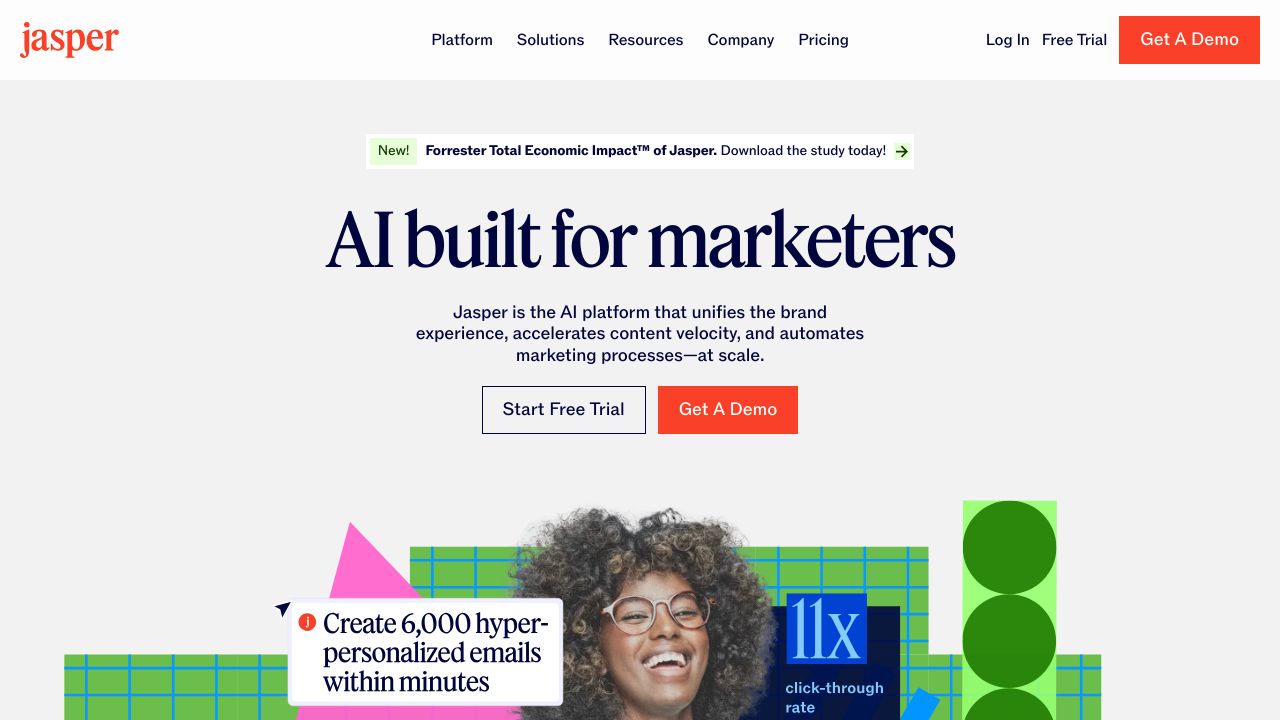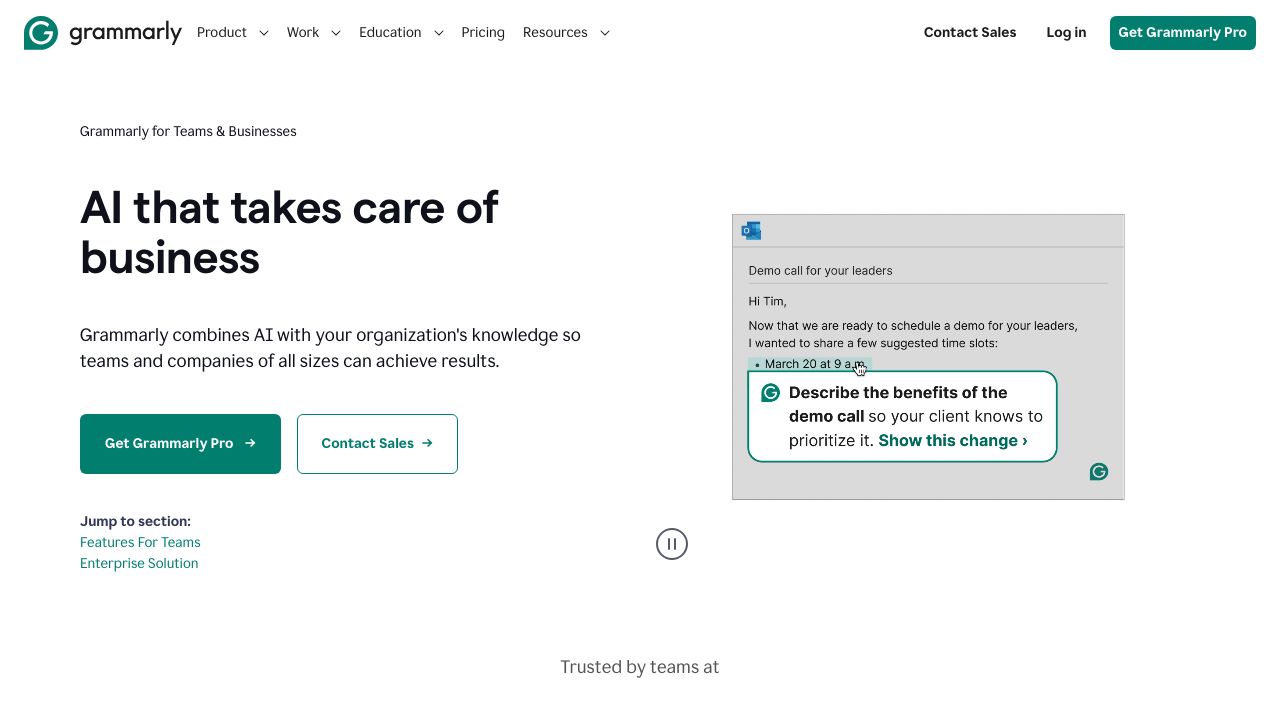Content operations teams are experiencing a fundamental shift. AI content tools have moved from experimental add-ons to essential components of modern WordPress publishing workflows. What used to take hours now happens in minutes, and the quality keeps improving.
The numbers tell the story. Content teams using AI tools report 40-60% faster publishing cycles, while maintaining or improving content quality. But here's what most guides won't tell you: success isn't about finding the perfect AI tool. It's about building a workflow where multiple tools work together seamlessly.
The Current State of AI Content Tools
We're past the hype phase. Today's AI content tools solve real problems that content operations teams face daily. The market has matured beyond simple text generators to sophisticated platforms that understand WordPress workflows, SEO requirements, and team collaboration needs.
Most content teams now use at least three different AI tools in their publishing pipeline. The smart ones have figured out how to make these tools talk to each other, creating workflows that feel almost magical in their efficiency.
WordPress Publishing Pipeline Fundamentals

Every successful WordPress content operation follows a similar pattern: plan, create, optimize, publish, promote. AI tools can enhance each stage, but they work best when you understand where they fit in your existing workflow.
- Content strategy and topic research
- Writing and content creation
- Editing and optimization
- WordPress publishing and formatting
- Distribution and promotion
How to Evaluate AI Content Tools
Not all AI tools play nice with WordPress. The best ones integrate directly with your existing workflow, support your team's collaboration style, and actually save time rather than creating new bottlenecks. Look for tools that export clean HTML, understand WordPress formatting, and don't require extensive training to use effectively.
Content Strategy & Planning Tools
The foundation of great content starts before you write a single word. These AI tools help you identify opportunities, research topics, and plan content that actually performs in search results.
Tool 1: Semrush Topic Research
Semrush combines traditional SEO data with AI-powered content suggestions to help you find topics your audience actually searches for. The tool analyzes search trends, competitor content gaps, and user intent to suggest content ideas that have real traffic potential.
WordPress Workflow Integration: Use Semrush during your monthly content planning sessions to identify high-opportunity topics, then export keyword lists directly into your WordPress editorial calendar. The tool's content gap analysis shows you exactly what competitors are ranking for that you're missing, giving you a clear roadmap for new WordPress posts. Most content teams use this data to populate their WordPress content calendar 2-3 months in advance, ensuring every post targets keywords with proven search volume.
Tool 2: AnswerThePublic
AnswerThePublic uses AI to analyze search queries and generate hundreds of content ideas based on what people actually ask about your topics. It's particularly valuable for finding long-tail keywords and question-based content that performs well in featured snippets.
WordPress Workflow Integration: Run AnswerThePublic searches during your content brainstorming phase to generate FAQ sections, blog post subtopics, and entire article outlines based on real user questions. Export the question lists and use them to create WordPress post outlines that directly address search intent. Many teams use this tool to identify content clusters, then create pillar pages in WordPress with supporting posts that answer related questions, building topical authority that search engines love.
Content Creation & Writing Tools
This is where AI content tools really shine. Modern writing assistants don't just generate text; they understand context, maintain brand voice, and create content that's ready for WordPress publishing with minimal editing.

Tool 3: Jasper AI
Jasper AI specializes in long-form content creation with templates specifically designed for blog posts, product descriptions, and marketing copy. The platform learns your brand voice and maintains consistency across all content, making it ideal for teams that publish frequently.
WordPress Workflow Integration: Use Jasper's blog post template to generate first drafts directly from your content outlines, then copy the formatted text into WordPress's block editor where it maintains proper heading structure and paragraph formatting. The tool's brand voice feature ensures consistency across multiple writers, while its SEO mode helps optimize content for your target keywords before you even paste it into WordPress. Teams typically use Jasper to create 70-80% complete drafts that need only light editing before publication.
Tool 4: Copy.ai
Copy.ai offers versatile content generation with over 90 templates for different content types. It's particularly strong at creating multiple variations of the same content, making it valuable for A/B testing headlines, meta descriptions, and social media posts.
WordPress Workflow Integration: Use Copy.ai to generate multiple headline options for your WordPress posts, then test different versions using your analytics to see which performs better. The tool's blog intro and conclusion templates help you quickly create engaging openings and endings that you can drop directly into WordPress. Content teams often use Copy.ai to create social media variations of their WordPress content, generating multiple promotional posts from a single blog article to maximize distribution across platforms.
Tool 5: Writesonic
Writesonic focuses on SEO-optimized content creation with built-in keyword optimization and readability scoring. The platform includes fact-checking capabilities and can generate content in multiple languages, making it valuable for global content operations.
WordPress Workflow Integration: Input your target keywords and content brief into Writesonic to generate SEO-optimized articles that are ready for WordPress publishing with proper keyword density and semantic keyword usage. The tool's readability checker ensures your content meets WordPress SEO plugin requirements, while its outline generator creates H2 and H3 structures that translate perfectly to WordPress heading blocks. Most teams use Writesonic's WordPress export feature to generate clean HTML that maintains formatting when pasted into the WordPress editor.
Content Enhancement & Optimization Tools
Raw AI-generated content is just the starting point. These tools help you polish, optimize, and enhance your content to meet WordPress publishing standards and search engine requirements.

Tool 6: Grammarly Business
Grammarly Business goes beyond basic grammar checking to provide style suggestions, tone adjustments, and brand consistency checks. The business version includes team features and custom style guides that ensure all content meets your publication standards.
WordPress Workflow Integration: Install Grammarly's browser extension to get real-time editing suggestions directly in the WordPress editor, catching errors and style issues as you write or edit AI-generated content. The tool's brand tone feature helps maintain consistent voice across all team members, while its plagiarism checker ensures AI-generated content is original before publication. Content teams use Grammarly's team dashboard to track writing quality metrics and identify areas where team members need additional training or support.
Tool 7: Surfer SEO
Surfer SEO analyzes top-ranking pages for your target keywords and provides specific recommendations for content optimization. The tool's content editor gives real-time SEO scores as you write, ensuring your WordPress posts are optimized for search engines.
WordPress Workflow Integration: Use Surfer's content editor alongside WordPress to optimize your AI-generated content for specific keywords, getting real-time feedback on keyword usage, content length, and semantic keywords that improve search rankings. The tool's WordPress plugin allows you to see SEO recommendations directly in your WordPress editor, making optimization seamless. Teams typically use Surfer to audit existing WordPress content and identify optimization opportunities, then use AI tools to generate the additional content needed to improve rankings.
Tool 8: Clearscope
Clearscope provides content optimization recommendations based on search intent analysis and competitor research. The platform helps you identify missing topics and keywords that should be included in your content to improve search performance.
WordPress Workflow Integration: Use Clearscope to analyze your AI-generated content before publishing in WordPress, identifying gaps in topic coverage and suggesting additional sections or keywords to include. The tool's integration capabilities allow you to optimize content directly in your WordPress editor, with real-time scoring that updates as you make changes. Content operations teams use Clearscope to create content briefs that guide AI content generation, ensuring the resulting articles cover all necessary topics for search engine optimization.
Publishing & Distribution Tools
The final stage of your WordPress workflow involves getting your content published, formatted correctly, and distributed across channels. These AI tools automate the tedious parts of publishing while ensuring consistency.
Tool 9: WordPress AI Plugin (Jetpack AI)
Jetpack AI integrates directly into WordPress, providing AI-powered content generation, image optimization, and SEO suggestions without leaving your WordPress dashboard. The plugin understands WordPress formatting and generates content that works seamlessly with your theme and plugins.
WordPress Workflow Integration: Use Jetpack AI directly in your WordPress editor to generate content, optimize images, and create meta descriptions without switching between multiple tools. The plugin's block-based approach means generated content automatically formats correctly for your WordPress theme, while its SEO features integrate with popular WordPress SEO plugins. Content teams appreciate being able to generate, edit, and optimize content entirely within WordPress, eliminating the copy-paste workflow that often breaks formatting and requires additional cleanup time.
Tool 10: Buffer AI Assistant
Buffer's AI Assistant helps create social media content from your WordPress posts, generating platform-specific variations that drive traffic back to your site. The tool understands different social media formats and creates engaging posts that encourage clicks and shares.
WordPress Workflow Integration: Connect Buffer to your WordPress RSS feed to automatically generate social media posts when you publish new content, or use the AI assistant to create custom promotional content for each WordPress post across multiple social platforms. The tool's scheduling features ensure your WordPress content gets promoted consistently across social channels, while its analytics help you understand which types of posts drive the most traffic back to your WordPress site. Teams use Buffer's AI to create content calendars that promote WordPress posts multiple times across different platforms, maximizing the reach of each published article.
Building Your Complete AI-Powered WordPress Workflow
The magic happens when these tools work together. A well-designed AI content workflow can reduce your publishing time by 50% while improving content quality and search performance.
Workflow Integration Strategies
Start with your content calendar. Use planning tools like Semrush and AnswerThePublic to identify topics, then feed those topics into your writing tools. The key is creating templates and processes that your team can follow consistently.
Most successful teams use a hub-and-spoke approach. WordPress sits at the center, with AI tools feeding content in at different stages. This prevents the chaos of switching between too many platforms while ensuring each tool does what it does best.
Team Collaboration with AI Tools
AI tools work best when your team has clear roles and responsibilities. Assign specific tools to specific team members based on their strengths. Your SEO specialist might own the optimization tools, while writers focus on the content generation platforms.
Create shared templates and brand guidelines that work across all your AI tools. This ensures consistency even when different team members are using different tools in the workflow.
Measuring Success and ROI
Track time saved, content quality metrics, and search performance improvements. The best AI content tools should show measurable improvements in publishing speed, search rankings, and audience engagement within 60-90 days of implementation.
Metric | Before AI Tools | After AI Tools | Improvement |
|---|---|---|---|
Time per article | 8-12 hours | 4-6 hours | 50% faster |
Monthly content output | 8-10 posts | 15-20 posts | 75% increase |
Search rankings | Average position 15 | Average position 8 | 47% improvement |
Content quality score | 65/100 | 82/100 | 26% better |
Implementation Guide and Best Practices for 2025
Rolling out AI content tools requires planning and patience. The teams that succeed take a systematic approach, implementing one tool at a time and measuring results before adding complexity.
Getting Started: Tool Selection Framework
Start with your biggest pain point. If content creation takes too long, begin with a writing tool like Jasper or Copy.ai. If SEO optimization is your challenge, start with Surfer or Clearscope. Don't try to implement everything at once.
- Identify your primary workflow bottleneck
- Choose one tool that addresses that specific problem
- Train your team thoroughly on that single tool
- Measure results for 30-60 days
- Add the next tool in your workflow sequence
Common Pitfalls and How to Avoid Them
The biggest mistake is treating AI tools as magic solutions that work without human oversight. AI content tools are powerful assistants, not replacements for editorial judgment and brand expertise.
Always fact-check AI-generated content. Always maintain your brand voice. And always remember that AI tools work best when they enhance human creativity rather than replace it entirely.
Future-Proofing Your AI Content Strategy
The AI content landscape changes rapidly. Choose tools with strong API integrations and active development communities. Focus on building workflows that can adapt as new tools emerge and existing ones evolve.
Most importantly, invest in training your team to work effectively with AI tools. The technology will keep improving, but the human skills of prompt engineering, content strategy, and editorial judgment will remain essential for success.



